Competitive forces dominate network choices.
In the United States, most large cities have a major airline hub, with some punching far above their weight. Across regions like the American Mountain West, all three major legacy carriers maintain at least one operational hub, with American flying out of Phoenix-Sky Harbor International Airport (PHX), United operating out of Denver International Airport (DEN), and Salt Lake City International Airport (SLC) serving as the linchpin of the airline’s regional network.
At their core, airline hubs are essential pieces of infrastructure that allow carriers to leverage their relatively limited fleets to offer the largest array of travelers the best range of nonstop itineraries across thousands of destinations. That being said, legacy airline hubs are incredibly large investments, requiring millions to be poured into constructing terminals, gates, flagship lounges, maintenance facilities, crew bases, and much more.
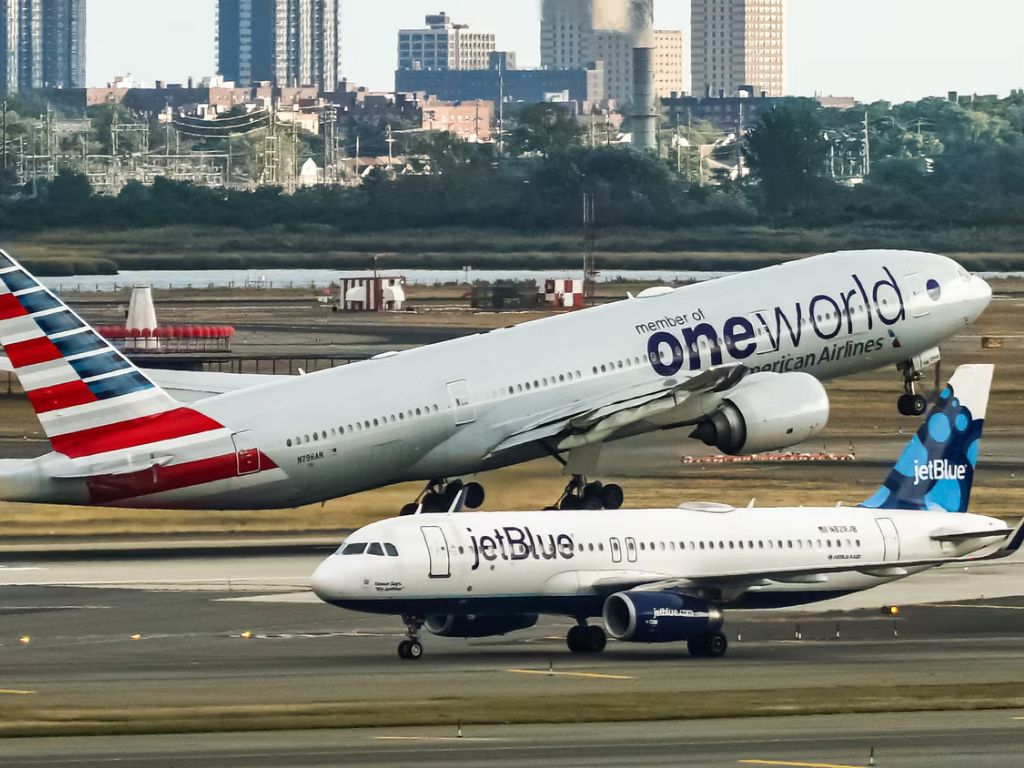
Photo: NYC Russ | Shutterstock
However, examining the airline landscape reveals that relatively few airports are major operational hubs for multiple carriers. In this article, we will examine why so few airports serve as hubs for more than one legacy carrier in the US and the reasons that drive this trend.
The nature of airline hubs
US-based legacy carriers each operate a handful of hubs across the United States, through which all (with a few narrow exceptions) of their flights are funneled. These facilities allow airlines to transfer passengers between their flights quickly and get them to their destinations in no time. Overwhelmingly, legacy airline hubs display all the following characteristics, according to OAG:
- Extensive passenger volume (over 40 million annual passengers)
- Multiple runways and terminals to accommodate a high number of flights during peak hours
- Sophisticated infrastructure and extensive connectivity between the airport and the urban area
- A single airline dominates traffic at the facility (more than 50% market share)
- Flagship facilities (including lounges and premium check-in areas)
An excellent example of this kind of fortress hub is Dallas/Fort Worth International Airport (DFW), a major international gateway and domestic hub for American Airlines. As would be expected given OAG’s hub specifications, the facility sees an excess of 80 million annual passengers and operates seven different runways and multiple terminals.
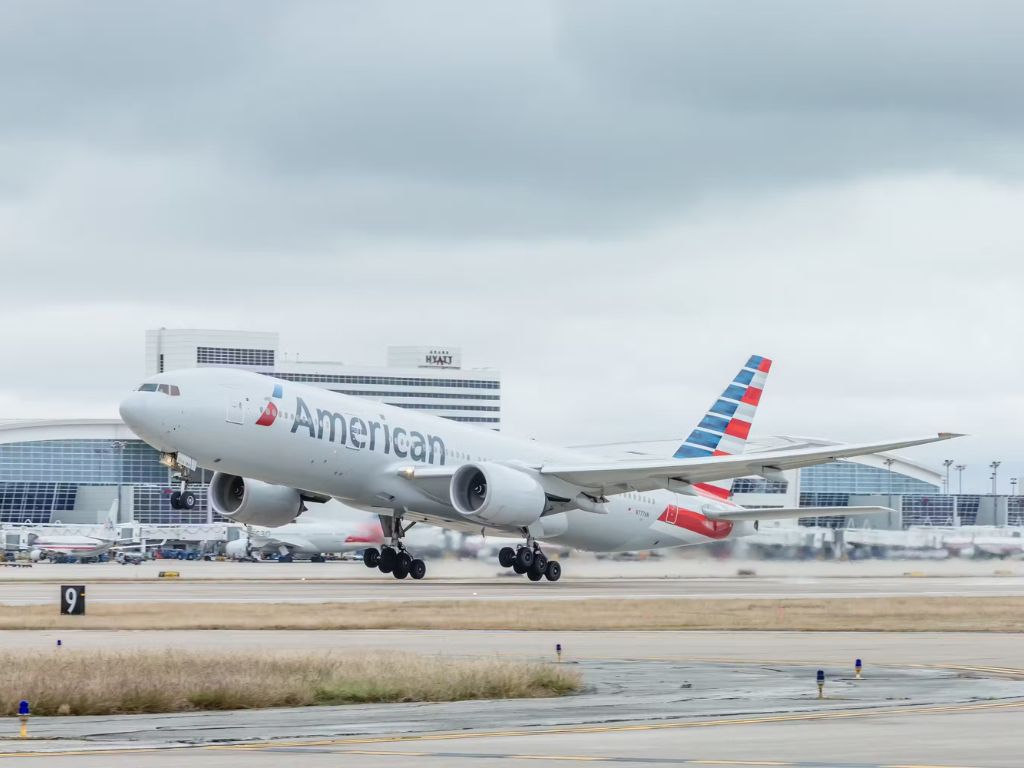
Photo: Dallas/Fort Worth International Airport
The facility handles dozens of daily flights and is easily accessible to the entire Dallas-Fort Worth Metropolitan Area through road infrastructure and rapid transit, including two metropolitan rail lines and multiple bus routes. According to statistics from the Department of Transportation, American Airlines dominates traffic at the airport, with a nearly 70% market share in 2023, and operates many flagship premium services at the airport.
Why are two hubs such a challenge?
There are multiple reasons why maintaining two large airline hubs at the same facility is challenging, especially for legacy carriers. The extremely large upfront investment costs of building new terminals, maintenance facilities, and more at an airport can be difficult to justify unless one anticipates a significantly strong revenue-making presence there.
As a result, airlines are hesitant to invest heavily in airline hubs at airports where they are not sure that they will be able to consistently capture large shares of passenger traffic. For these reasons, some carriers will choose to place their largest hubs away from the busiest aviation markets, such as Delta, which maintains its primary operational center at Atlanta’s Hartsfield-Jackson International Airport (ATL).
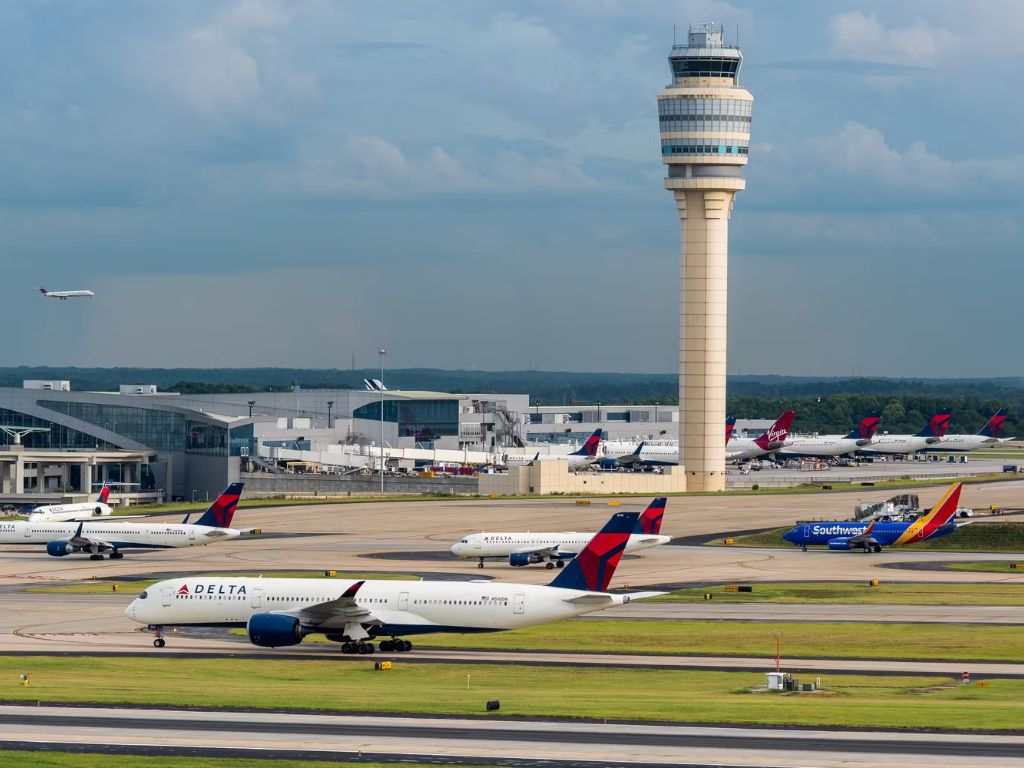
Photo: juanpabloms | Shutterstock
Another key factor that motivates carriers to invest heavily in hubs is the idea of becoming a “hometown” airline, which incentivizes passenger loyalty across an entire region. For example, if you are from New Jersey, your most convenient travel option is almost always United Airlines out of Newark Liberty International Airport (EWR). Thus, potential regional passengers are more strongly incentivized to purchase cobranded credit cards or pursue spending with other United Airlines’ loyalty program partners, which drives extensive auxiliary revenue generation for a carrier.
It is important to note that budget airlines face no similar challenges when it comes to establishing operational bases, as they overwhelmingly do not rely on connecting passenger traffic. As a result, most US airports will be a hub for one legacy carrier and an operational base for a low-cost airline.
When does having two legacy hubs make sense?
Despite this, some airports in the United States do serve as major operational hubs for multiple legacy carriers, albeit few and far between. Some of the most noteworthy examples of such facilities are detailed in the table below:
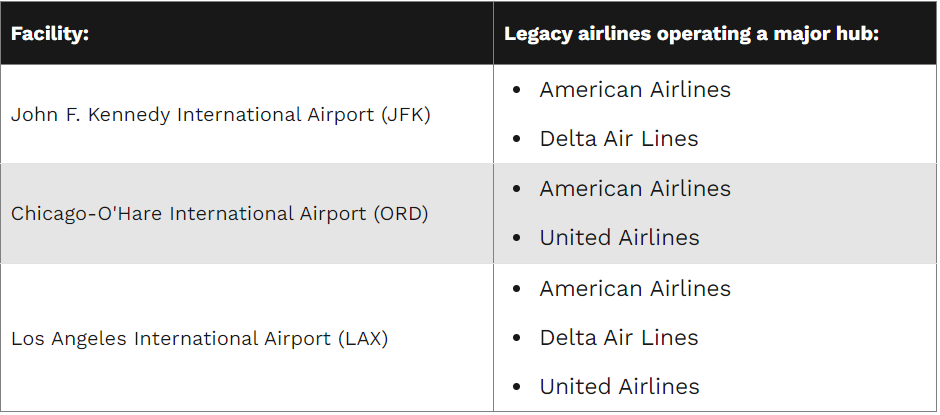
Overwhelmingly, the few airports that maintain multiple legacy airline hubs in the United States are those that see the largest amounts of passenger traffic. With such high passenger numbers, airlines can accept the heavy investment required to maintain a major hub. Furthermore, they are some of the most important economic activity centers and have high-spending populations, which is important for selling seats in premium cabins and maintaining all-important passenger loyalty.

Photo: Angel DiBilio | Shutterstock
LAX is a good example of a “fractured” hub. All three major airlines operate extensively at LAX, yet none maintain complete control over the market. According to data from the Department of Transportation, Delta maintains a 19.76% market share at the facility, American controls 14.95% of passenger traffic, and United sits not far behind with 14.82%.
If an airline fails to meet the demand metrics needed to continue operating a major hub at a facility, it will often choose to shut down. A good example of this occurred with Delta Air Lines in the mid-2000s, when it had been outcompeted by American Airlines at DFW and saw its market share slowly diminish. When it did so, the airline cut roughly 7,000 jobs and only kept 21 of the over 250 flights that it previously operated at the facility, according to The Associated Press.
Source: Simple Flying
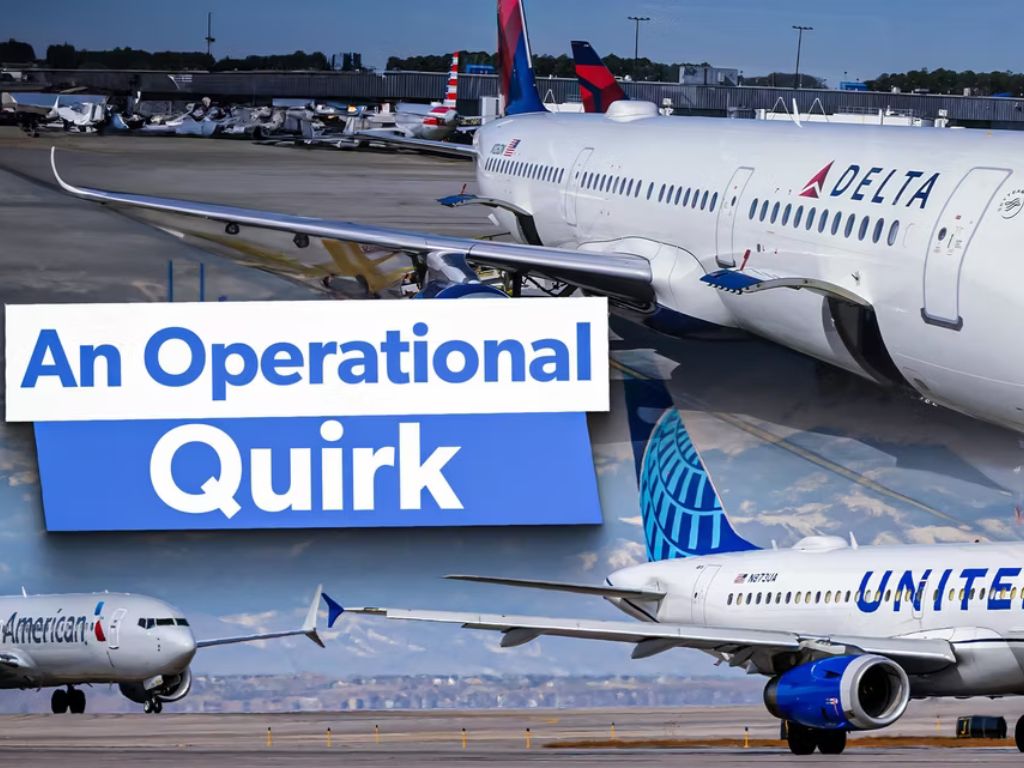
Warning: Illegal string offset 'cookies' in /home/u623323914/domains/eng.bayviet.com.vn/public_html/wp-includes/comment-template.php on line 2564